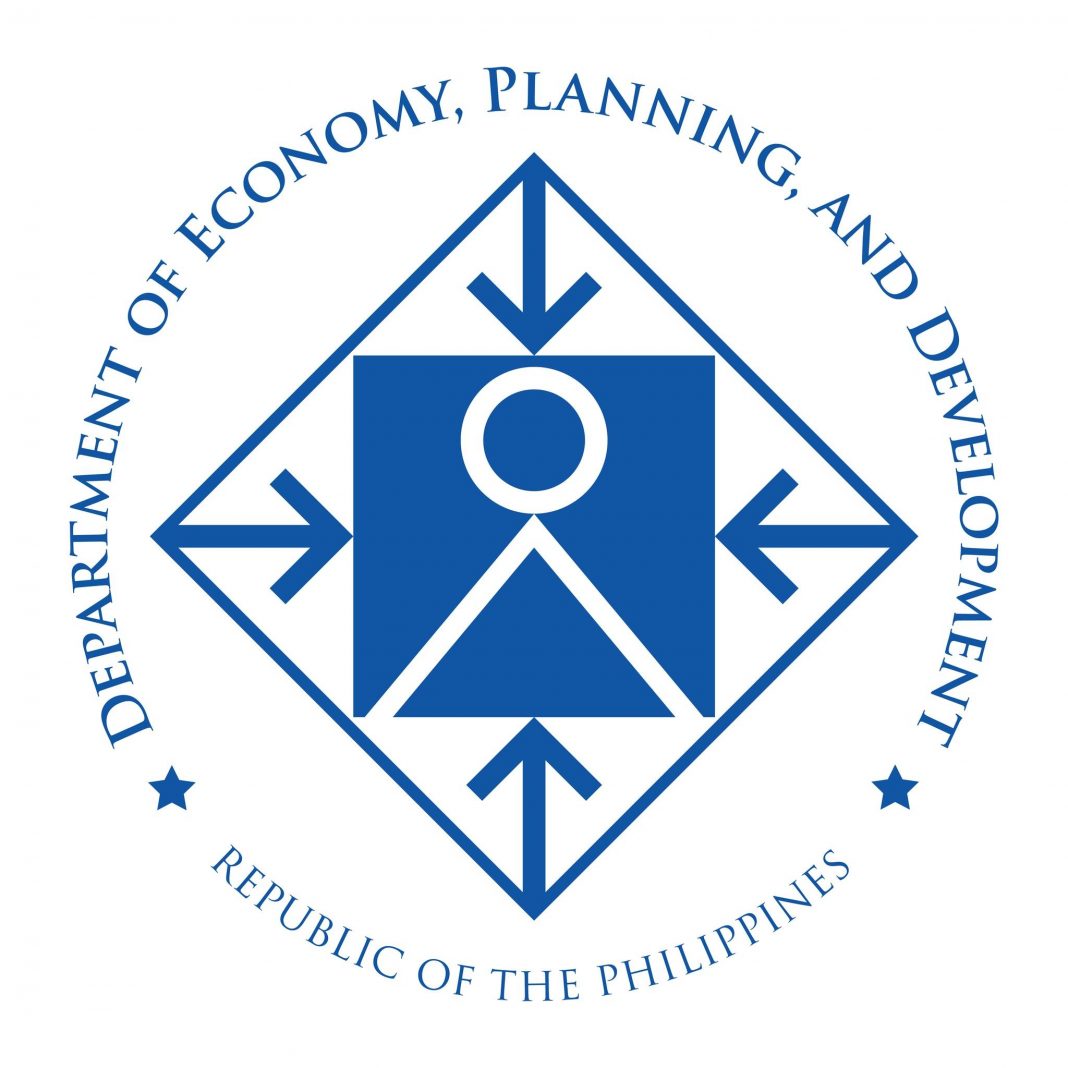The Philippines’ unemployment rate in September this year stood at 3.8 percent, down from 3.9 percent a month earlier, but slightly higher than 3.7 percent a year earlier. This is the lowest unemployment rate since June at 3.7 percent, according to the Philippine Statistics Authority (PSA).
This translates to 1.96 million unemployed Filipinos, lower than the 2.03 million recorded in August 2025 but slightly higher than the 1.89 million in the same month last year.
In terms of underemployment rate or employed individuals who want additional work registered improvement to 11.1 percent in September 2025 from 11.9 percent a year ago.
There were a total of 5.52 million underemployed individuals in September. Majority or 58.5 percent were working less than 40 hours a week.
In a statement, Department of Economy, Planning, and Development (DEPDev) Secretary Arsenio M. Balisacan underscored the importance of continuous education and training, particularly in emerging and in-demand skill areas such as digital literacy, green technologies, and higher-value services.
“Our employment indicators continue to reflect the economy’s capacity to generate stable and meaningful jobs for millions of Filipinos, even amid uncertainties and headwinds,” Balisacan said. “To build and strengthen the resilience of our labor markets, the Marcos Administration will focus on implementing strategies that create stable, high-quality jobs and expand opportunities for informal workers and the youth.”
He cited the recent passage of the Lifelong Learning Development Framework Act, which establishes a system for continuous and accessible learning for the workforce.
“Ensuring the timely release of its implementing rules and regulations is a priority. The government must also actively communicate the policy, particularly to local government units, which will play a key role in promoting lifelong learning,” the DEPDev Chief said.
Balisacan also highlighted the need to strengthen the resilience of vulnerable sectors and upskill the workforce to meet the demand of evolving digital and AI-driven industries. These efforts entail promoting higher-value outsourcing segments such as IT, creative, and knowledge process services.
“The government continues to strengthen efforts to promote employability and lifelong learning to equip Filipino workers with the skills required by evolving and emerging industries. This will be key to ensuring that our labor force is able to adapt and thrive in an ever-shifting work environment,” he said.
The nation’s chief economist also reaffirmed the government’s commitment to the Trabaho Para sa Bayan (TPB) Plan 2025-2034, the national blueprint for generating more and better-quality jobs.
“Guided by the TPB Plan, we are steering the economy toward higher-paying and more productive employment by attracting quality investments, developing a skilled and competitive workforce, and modernizing our industries,” Balisacan concluded.




